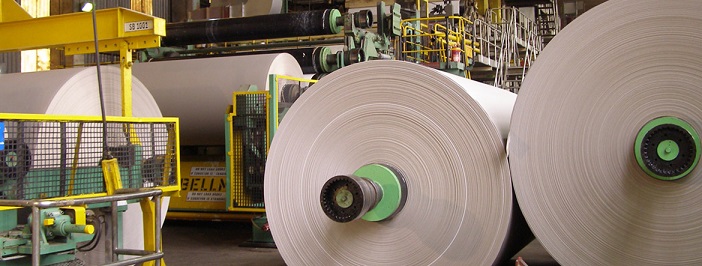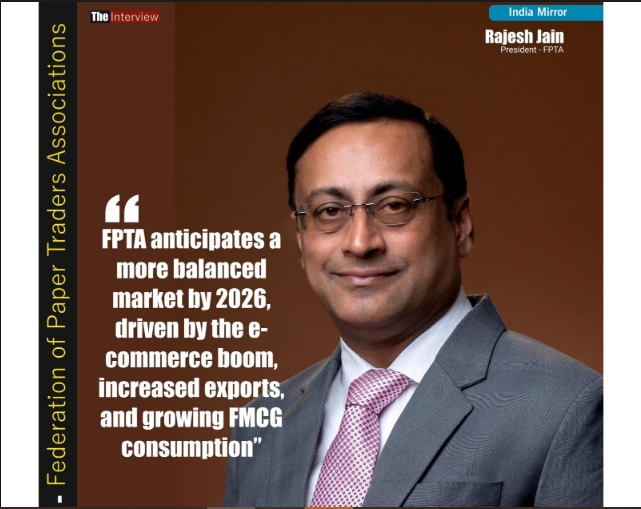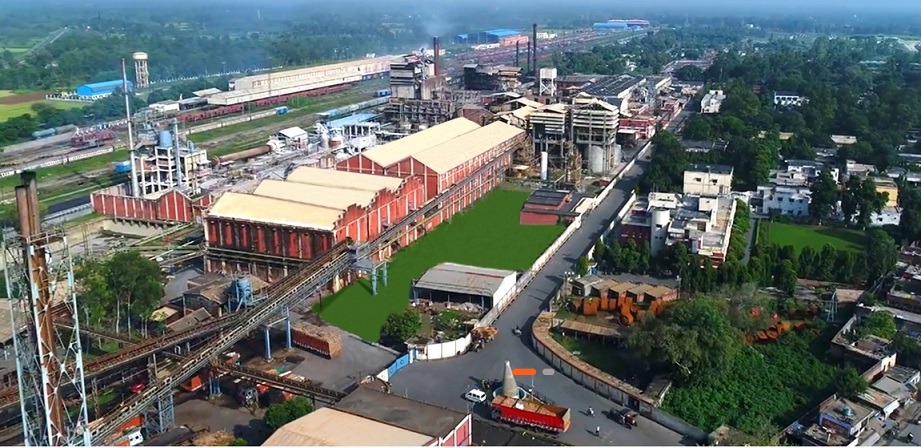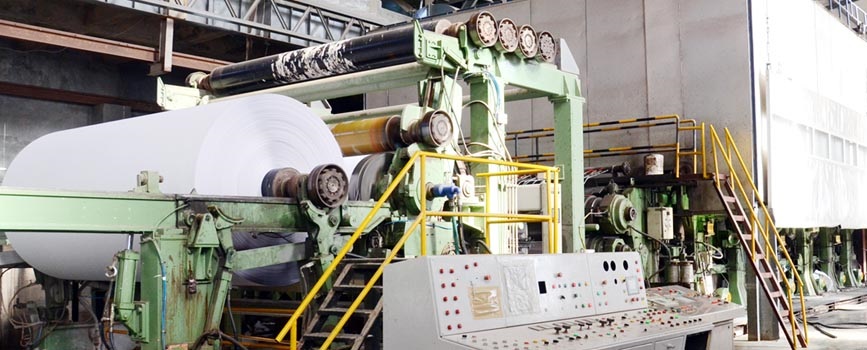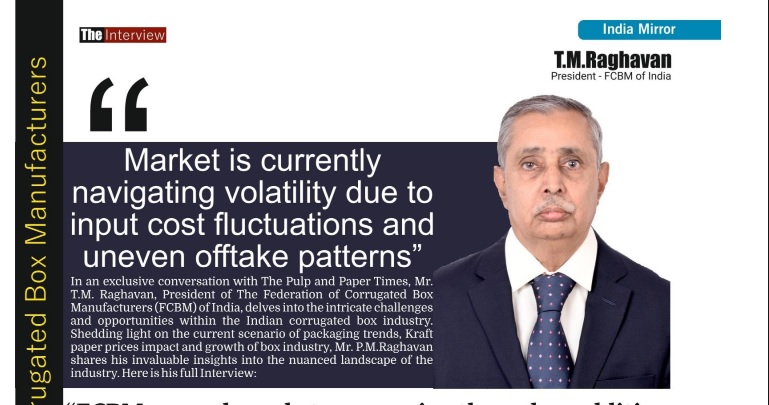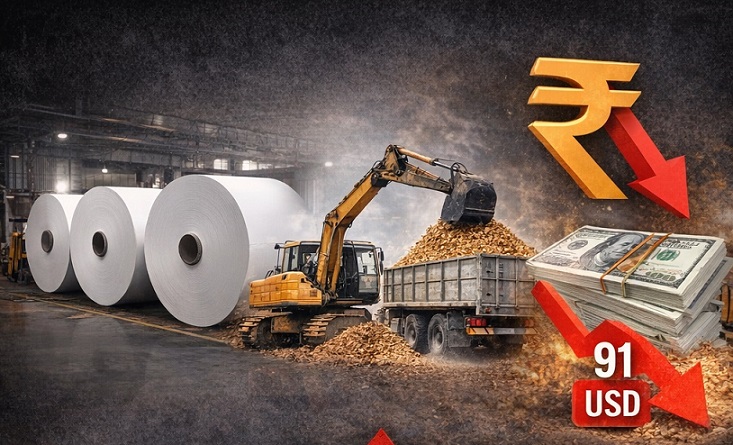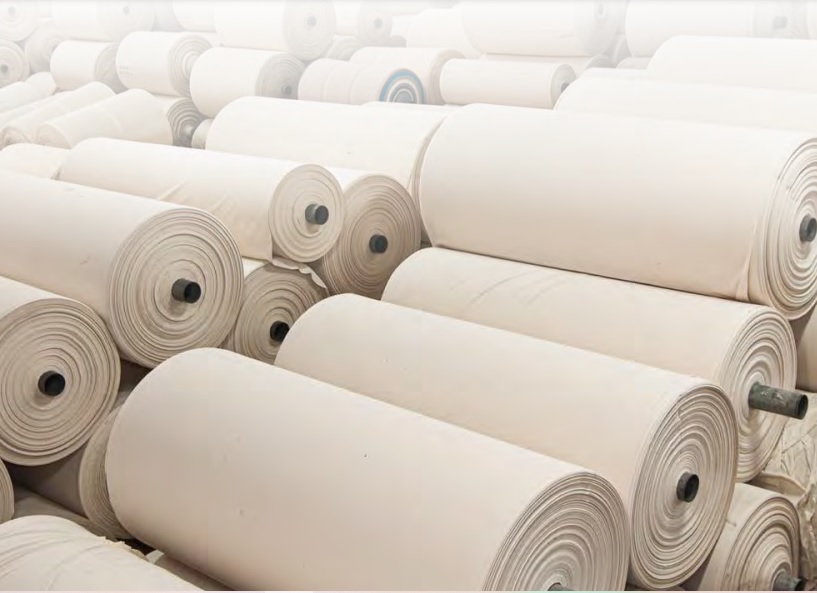Waste paper imports to India have weakened over the last four quarters, while low-priced finished paper has forced kraft mills to take downtime. A possible recession is expected in 2025
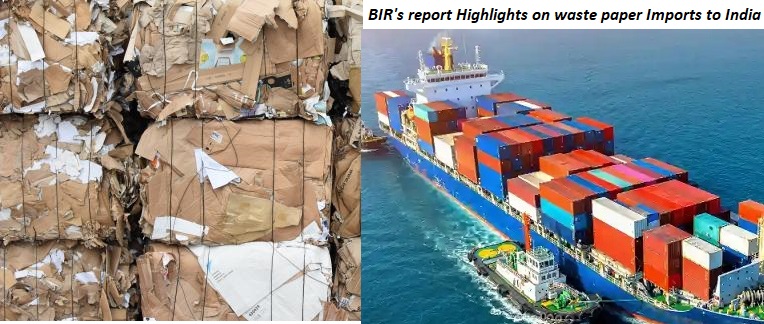
Waste paper imports to India have weakened over the last four quarters, while low-priced finished paper has forced kraft mills to take downtime. A possible recession is expected in 2025
Recyclers’ prospects undermined by weak demand in key markets
The reports from Bureau of International Recycling (BIR) ’s president and various region’s expert contributors underline the interconnectivity of the various markets as well as the impact of shifting freight rates on global movements of recovered fibre. Another theme to emerge from these contributions is the pressure on businesses from multiple sources, such as low demand at a time of high costs, notably for energy.
- European OCC have tended to stay between US$ 170 and US$ 190 per tonne over the last three quarters, down from levels of US$ 200-plus per tonne
- Fibre imports into India continue to be hampered not only by rising freight rates and weakening domestic paper demand owing to the global economic slowdown, but also by the energy crisis and inflation.
- Shipping costs have dropped substantially: from US$ 700-800 to US$ 250-350 for South East Asia; and from US$ 1000-1200 to US$ 600-700 for India
The Pulp and Paper Times:
According to the reports, India’s fibre importers are clearly facing multiple challenges, including rising freight rates, a domestic paper demand weakened by the global economic slowdown and also inflation, compounded by an ongoing energy crisis. While the country’s packaging, writing and newsprint demand is growing, driven by sectors such as e-commerce and healthcare, fibre imports have slowed owing to high prices and weaker demand. At the same time, rising imports of low-cost finished paper have forced some kraft mills to reduce production, particularly in Gujarat. Despite these issues, duplex mills are seeing increased demand for mixed paper.
Fibre imports into India continue to be hampered not only by rising freight rates and weakening domestic paper demand owing to the global economic slowdown, but also by the energy crisis and inflation. With global indicators also pointing to a possible recession sometime in 2025, all these factors will have a direct effect on exports out of India and containerboard demand.
Annual packaging, writing, printing and newsprint demand in India stands at 22.5 million tonnes and the figure is rising primarily because of growth in e-commerce, hospitality and healthcare. To meet the industry’s needs, India’s projected yearly imports of recovered fibre are around 15 million tonnes.
The third quarter of 2024 was marked in Europe by a sharp decline in recovered paper prices, driven by high energy costs, weak demand in key sectors such as packaging, and challenges in export markets, especially in Asia. Many mills reduced production or extended shutdown periods. The recycling industry has faced financial uncertainty, with many smaller operators at risk of bankruptcy, while larger companies have invested in new recycling technologies and acquisitions. The future remains uncertain, with hopes for stabilization dependent on energy cost relief and a recovery in demand.
In the past six months, European recovered fibre prices to South East Asia have declined owing to lower demand and price pressure. Mixed paper stayed in Europe as export prices became uncompetitive. Although shipping costs decreased, export volumes fell by 35-40% in the third quarter of 2024, mainly due to high shipping costs to India and strong domestic demand.
Additionally, the limited availability of graphic paper in Europe has made it challenging to export certain paper qualities such as multigrade and sorted office paper.
Overall, India has one of the fastest-growing paper economies, with an increase of around 8% in 2023 and projected growth of 5-6% for 2024/25. The ban on single-use plastic has helped to increase demand for packaging paper.
Imports of fibre have weakened in the last four quarters, primarily due to freight rates and rising prices. Prices for European OCC have tended to stay between US$ 170 and US$ 190 per tonne over the last three quarters, down from levels of US$ 200-plus per tonne. Prices for mixed paper have fluctuated over the same period between US$ 115 and US$ 150 per tonne.
Generally weakening demand and increased imports of low-priced finished paper have forced several kraft mills to take downtime - especially in Morbi, Gujarat - which, in turn, is having a short-term effect on imports. Greatly decreased exports of deinked pulp to China have also affected fibre demand. Duplex mills appear to have weathered these challenging times, and we are therefore seeing an increase in demand for mixed paper, as reflected in rising prices.
There has been tangible relief in the USA following the tentative deal to end US East Coast and Gulf State port strikes whose potential impact could have been devastating, not least because these ports handle more than half of US exports of recycled materials. Strike-related disruption had caused operational slowdowns, but US mills, facing weaker demand for their products, were unable to fully capitalise on any oversupply. Mill downtime and high inventories were reported, with some mills offering extremely low prices (of under US$ 10 per ton in some instances) to move material.
Meanwhile, recycled fibre values had already been declining, with prices for OCC imports dropping since May and thus contributing to lower containerboard prices in South East Asia.
South East Asia:
Over the last six months, European recovered fibre prices to Asia have decreased because of a lack of demand for finished product or pressure for lower prices. Prices have fallen from US$ 190 per tonne to US$ 160 to South East Asia and from US$ 220 to US$ 190 for India. To a large extent, mixed paper has remained in Europe because the export price has not been competitive for some time.
Shipping costs have dropped substantially: from US$ 700-800 to US$ 250-350 for South East Asia; and from US$ 1000-1200 to US$ 600-700 for India. However, stable demand on the European market has led to a dramatic decline in export volumes, especially to India owing to the difference in shipping costs. In general for the third quarter, export tonnages tumbled 35-40% compared to the previous quarter.
Graphic paper availability is low and European demand is enough to absorb the available supply, with the result that it is really difficult to export grades such as multigrade and sorted office paper.
Web Title: Waste paper imports to India have weakened over the last four quarters, while low-priced finished paper has forced kraft mills to take downtime. A possible recession is expected in 2025




 Join WhatsApp Group
Join WhatsApp Group Join Telegram Channel
Join Telegram Channel Join YouTube Channel
Join YouTube Channel Join Job Channel (View | Submit Jobs)
Join Job Channel (View | Submit Jobs) Join Buy Sell Channel (Free to Submit)
Join Buy Sell Channel (Free to Submit) Paper News Headlines Channel (Free to read)
Paper News Headlines Channel (Free to read)




